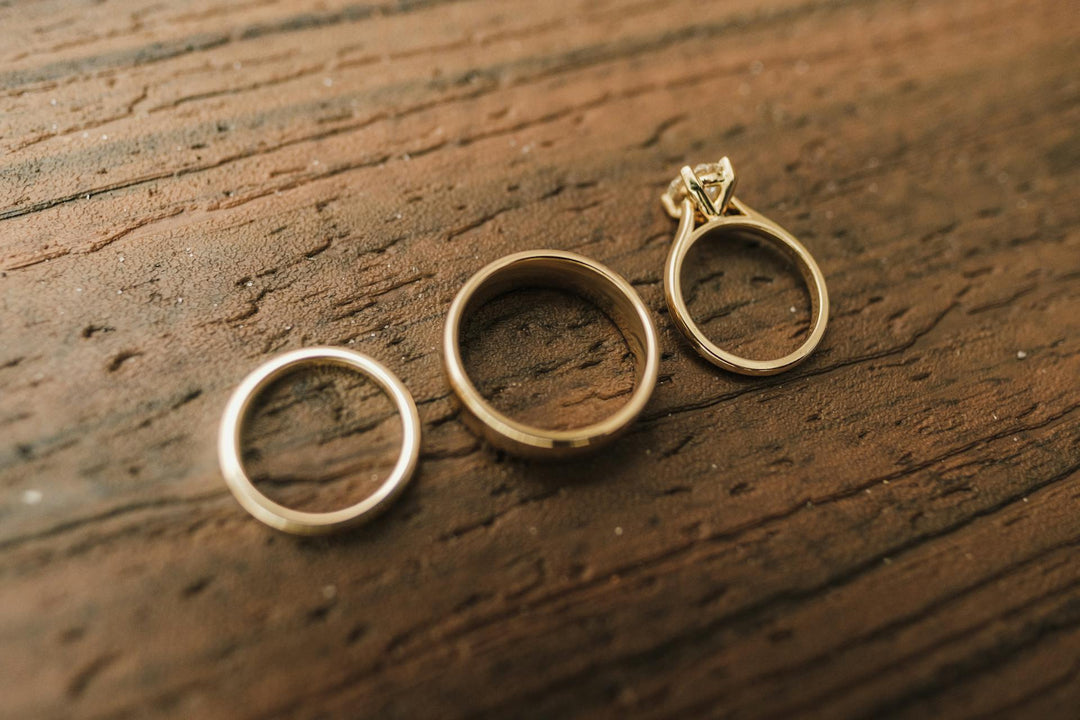The 4Cs of a diamond are the universally recognized criteria used to evaluate a diamond's quality and value. They stand for Cut, Color, Clarity, and Carat weight.
-
Cut: The cut refers to how well a diamond's facets interact with light. It affects the diamond's brilliance, sparkle, and overall appearance. A well-cut diamond reflects light internally and externally, maximizing its beauty. The cut is graded on a scale ranging from Excellent to Poor.
-
Color: The color grade measures the presence of any yellow or brown tint in a white diamond. The Gemological Institute of America (GIA) grades diamond color on a scale from D (colorless) to Z (light yellow or brown). The less color a diamond has, the higher its grade and value.
-
Clarity: Clarity refers to the presence of internal or external flaws, known as inclusions and blemishes, respectively. The GIA grades diamond clarity on a scale ranging from Flawless (no inclusions or blemishes visible under 10x magnification) to Included (inclusions visible to the naked eye). Diamonds with fewer and less noticeable flaws have higher clarity grades.
-
Carat weight: Carat weight measures the size of a diamond. One carat is equal to 200 milligrams. However, carat weight does not solely determine a diamond's value. The other three Cs (cut, color, and clarity) also play significant roles in determining a diamond's quality and price.
It's important to consider all four Cs when evaluating a diamond to find the right balance that suits your preferences and budget.





